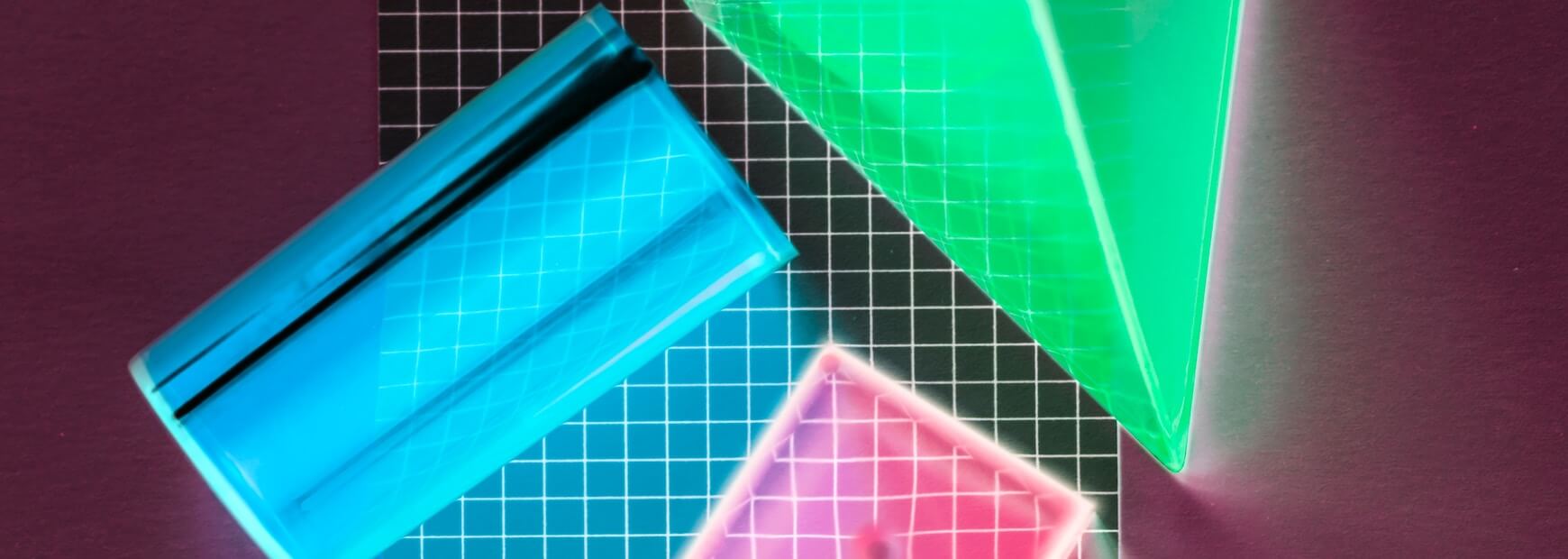Welcome to Matrix Education
To ensure we are showing you the most relevant content, please select your location below.
Select a year to see courses
Learn online or on-campus during the term or school holidays
Learn online or on-campus during the term or school holidays
Learn online or on-campus during the term or school holidays
Learn online or on-campus during the term or school holidays
Learn online or on-campus during the term or school holidays
Learn online or on-campus during the term or school holidays
Learn online or on-campus during the term or school holidays
Get HSC exam ready in just a week
Select a year to see available courses
Science guides to help you get ahead
Science guides to help you get ahead
In this post, Head Maths Teacher Oak Ukrit has set 7 Maths Extension 1 head-scratchers you need to be able to solve if you think you're HSC ready.

Join 75,893 students who already have a head start.
"*" indicates required fields
You might also like
Related courses
Think you’re all sorted for your HSC? Well, let’s find out. Head Maths Teacher, Oak Ukrit, has put together this post to test your knowledge. He knows that you must be able to solve these 7 Maths Extension 1 problems to ace your HSC Exam. So, strap on your thinking cap and get to work!
P(2at,at2) and Q(2as,as2) are two points on the parabola x2 = 4ay. The chord PQ subtends a right angle at the origin O. If R is the fourth vertex of the rectangle POQR, show that
a. \(st = -4\)
b. R is specified parametrically by
\(x=\frac{2a(t^{2}-4)}{t}, y= \frac{a(t^{4} +16)}{t^{2}}\)
c. The cartesian equation of the locus of R is
\(x^{2}=4a(y-8a)\)
A circular cylinder with height 6cm and base radius 4cm sits on a table with its axis vertical. A point source of light moves vertically up at a speed of 3cm/s above the central axis of the cylinder, thus casting a circular shadow on the table. Find the rate at which the radius of the shadow is decreasing when the light is 4cm above the top of the cylinder.
Answer:
-4.5 cms-1
A projectile is fired from the origin with velocity and with angle of elevation θ, where \( θ < \frac {π}{2}\).
You may assume that \( x =Vt cos θ\) and \( y = -\frac {1}{2}gt^{2} + Vt sin θ \) where x and y are the horizontal and vertical displacements of the projectile in metres from 0 at the time t seconds after firing.
a. Show that
\( y = x \ tan θ \ – \frac {x^2(1 + tan ^2 θ)}{4h}\)
Where
\(\frac{V^2}{2g} = h\)
Is the equation of the flight of the projectile.
b. Show that the point (X, Y), where X ≠ 0 can be hit by firing at two different angles θ1 and θ2, provided \(X^{2} < 4h(h -Y)\)
c. Show that no point above the x-axis can be hit by firing at two different angles θ1 and θ2, satisfying \( θ_{1} < \frac {\pi}{4}\) and \(θ_{2} < \frac{\pi}{4}\).
a. Find
\(\frac{d}{dx}[tan^{-1}x+tan^{-1}(\frac{1}{x})]\)
Answer:
(i) 0
b. Hence sketch
\( y = tan ^{-1}x + tan^{-1}(\frac{1}{x})\)
For \( – 2 \leq x \leq 2\)
A particle is moving in simple harmonic motion of period T about a centre 0. Its displacement at any time t is given by \(x = a \ sin (nt)\), where a is the amplitude.
a. Show that
\(\dot{x}=\frac{2 \pi a}{T} cos (\frac{2 \pi t}{T})\)
b. The point P lies D units on the positive side of 0. Let V be the velocity of the particle when it first passes through P.
Show that the time between the first two occasions when the particle passes through P is
\(\frac{T}{\pi}tan^{-1} \frac{2 \pi D}{VT}\)
Evaluate
\(\int_{0}^{\frac{2}{3}} \frac{1}{4 + 9x^2} \ dx\)
Answer:
\(\frac{\pi}{24}\)
Find the greatest coefficient in the expansion of \( (5+2x)^{12}\)
Answer:
\(5^{10}\times2^{5}\times11\)
How did you do? Did you get them all correct?
Ace Maths Ext 1 with Matrix+
Expert teachers, weekly quizzes, one-to-one help! Learn at your own pace, wherever you are.
Written by Oak Ukrit
Oak is the Head of Mathematics at Matrix Education and has been teaching for over 12 years and has been helping students at Matrix since 2016. He has 1st class honours in Aeronautical Engineering from UNSW where he taught for over 4 years while he was undertaking a PhD. When not plane spotting he enjoys landscape photography.© Matrix Education and www.matrix.edu.au, 2023. Unauthorised use and/or duplication of this material without express and written permission from this site’s author and/or owner is strictly prohibited. Excerpts and links may be used, provided that full and clear credit is given to Matrix Education and www.matrix.edu.au with appropriate and specific direction to the original content.